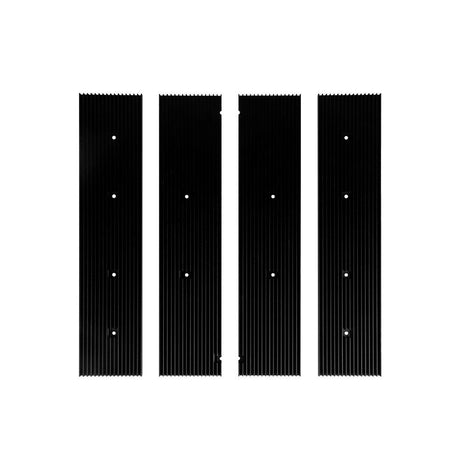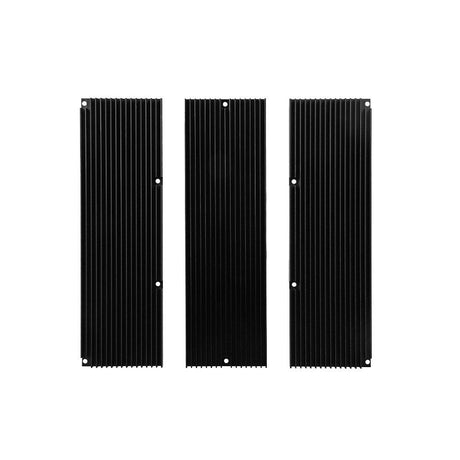Below are some of the most common materials used in 3D printing, along with their pros and cons:
1. PLA (Polylactic Acid)
- Pros: PLA is a biodegradable thermoplastic derived from renewable resources. It is easy to print with, has a low melting point, and produces minimal warping. PLA is available in a wide range of colors and finishes and is suitable for a variety of applications, including prototyping, educational, and decorative projects.
- Cons: PLA has a lower strength and durability compared to some other materials and can become brittle over time. It is not suitable for high-temperature applications or parts that require high impact resistance.
2. ABS (Acrylonitrile Butadiene Styrene)
- Pros: ABS is a strong, durable, and flexible thermoplastic that can withstand higher temperatures than PLA. It is commonly used for functional parts, automotive components, and consumer products.
- Cons: ABS can emit unpleasant fumes during printing and requires a heated print bed to prevent warping. It may not be suitable for beginners due to its higher printing temperatures and potential adhesion issues.
3. PETG (Polyethylene Terephthalate Glycol)
- Pros: PETG combines the ease of printing of PLA with the strength and durability of ABS. It is a chemically resistant and food-safe material, making it suitable for containers and packaging applications. PETG has good layer adhesion and is less prone to warping compared to ABS.
- Cons: PETG can be more prone to stringing and oozing than PLA or ABS, which may require fine-tuning of print settings. It can also be more sensitive to moisture, requiring proper storage conditions.
4. TPU/TPE (Thermoplastic Polyurethane/Thermoplastic Elastomer)
- Pros: TPU and TPE are flexible and rubber-like materials that can be used for a wide range of applications, such as gaskets, seals, and wearable items. They have excellent abrasion resistance and can withstand repeated bending and stretching.
- Cons: Printing with flexible materials can be challenging, as they may require slower print speeds and specialized extruders to prevent jamming or clogging.
5. Nylon (Polyamide)
- Pros: Nylon is a strong, durable, and lightweight material that offers excellent resistance to impact, chemicals, and wear. It is suitable for functional parts, gears, and mechanical components that require high strength and durability.
- Cons: Nylon is sensitive to moisture and requires proper storage and drying before use. It may also require higher printing temperatures and a heated print bed to prevent warping.
6. Resins
- Pros: Resins are used in SLA, DLP, and other resin-based 3D printing processes. They offer high resolution and smooth surface finishes, making them ideal for detailed models, jewelry, and dental applications.
- Cons: Resin printing can be more expensive than FDM printing, and the post-processing can be messy and time-consuming. Resins may also have a shorter shelf life and require proper handling and storage due to their sensitivity to light and temperature.








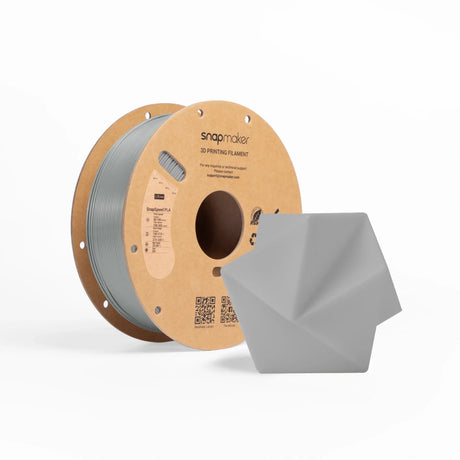








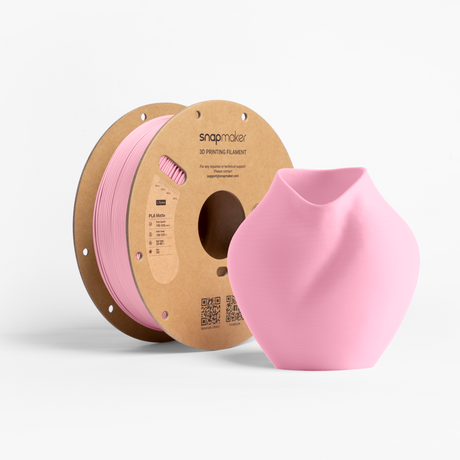

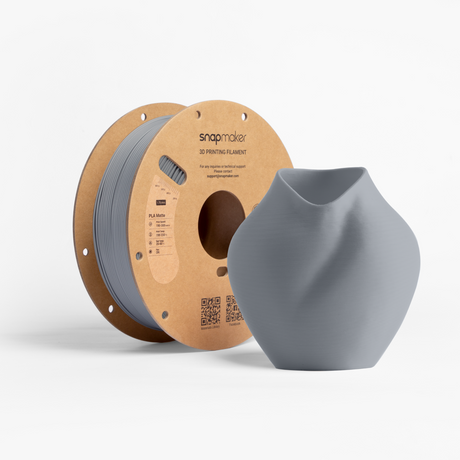









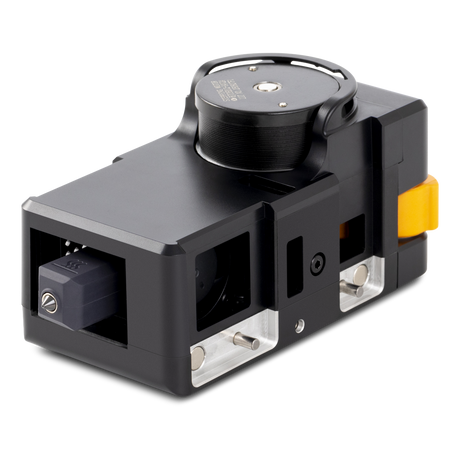



























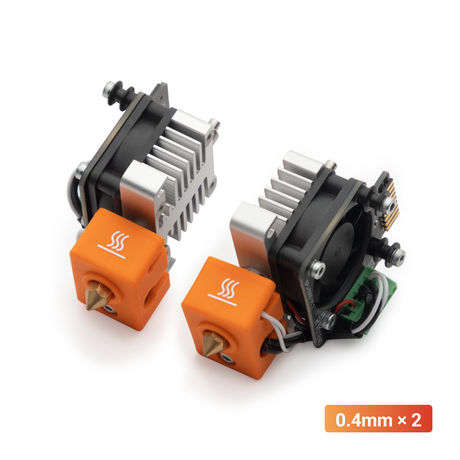
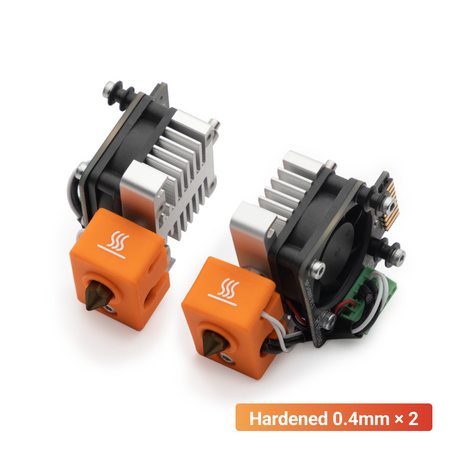





![[REPLACEMENT] PAIRED HOT ENDS FOR SNAPMAKER J1/J1S (0.2/0.4/0.6/0.8MM)](http://eu.snapmaker.com/cdn/shop/products/J1__1_1000_1000_f7d7fea5-9158-44bf-9263-328db6b9980f.png?v=1755763085&width=460)
